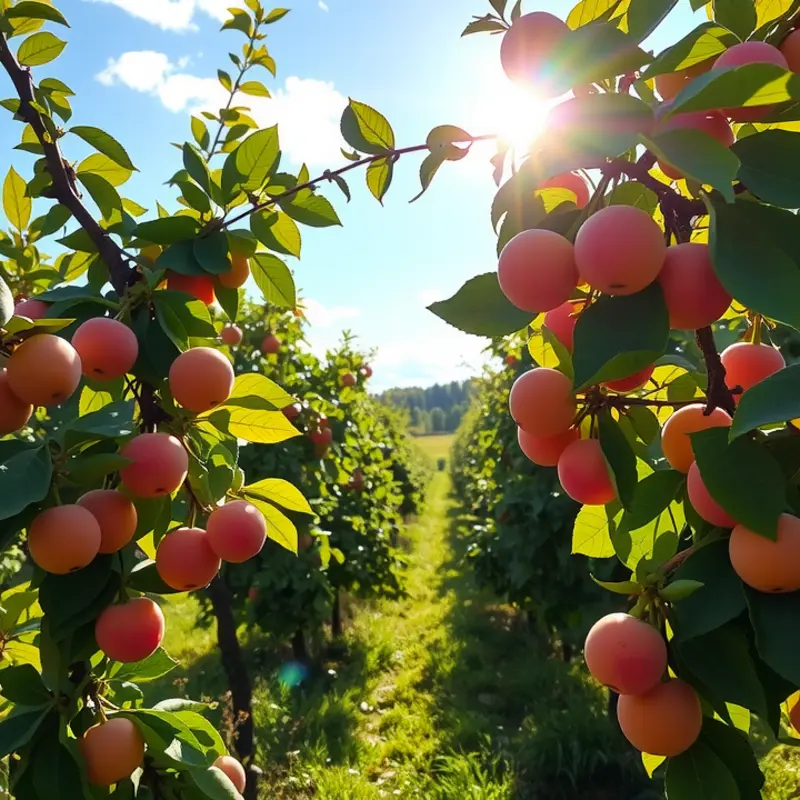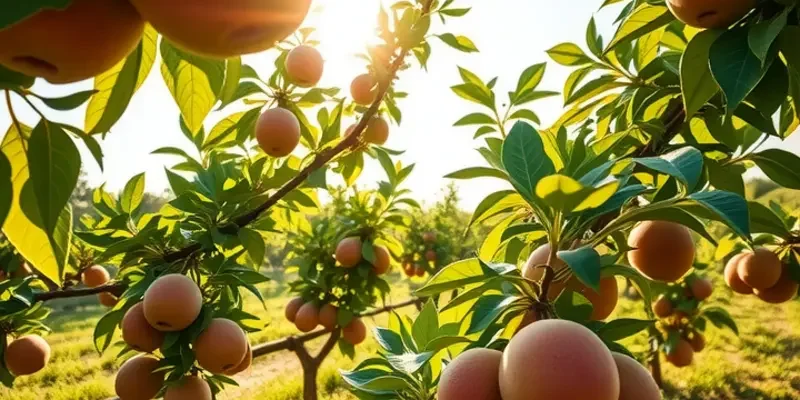Cooking with natural flavor extracts can elevate your dishes, but what happens when you run out or seek alternatives? Whether you’re a home cook aiming for gourmet taste or a dietary-conscious individual wanting to avoid certain ingredients, knowing how to find the right substitutes can be liberating. This guide presents creative and practical alternatives to common natural flavor extracts, ensuring that you’re equipped for culinary success without compromising on flavor or health.
Sweetness Without Compromise: Substitutes for Vanilla and Almond Extract

Natural extracts like vanilla and almond have long been cherished for adding sweetness and depth to culinary creations. But what do you turn to when these classic extracts aren’t available or suited to your dietary needs? Understanding viable substitutes not only enriches your cooking repertoire but also opens doors to health-conscious alternatives.
Natural Sweeteners
When vanilla extract is scarce, natural sweeteners can step up to the plate. Consider using maple syrup or honey, which both possess their own unique flavors while offering a comforting sweetness. Maple syrup has a rich, robust profile that carries light vanilla notes, making it an excellent substitute in baking recipes. Honey offers floral undertones, adding depth to desserts. Experiment by replacing each teaspoon of vanilla extract with a tablespoon of either sweetener.
Spice Blends and Powders
Vanilla’s warm and comforting flavor can also be mimicked through certain spices. Cinnamon and nutmeg, when combined in small amounts, create a warmth that evokes vanilla’s comforting aroma. Adding a pinch of cinnamon or nutmeg, or even both, to your recipe can transform the overall taste profile. Remember, a little goes a long way.
Fruit Juices
Almond extract, with its distinct and sometimes overpowering flavor, can be emulated using fruit juices. Fresh or concentrated apple and pear juices carry a subtle sweetness and nuttiness. These juices pair particularly well with desserts, adding a fruity undertone that complements almond’s traditional taste. Use fruit juices in equal parts to almond extract for a balanced flavor.
Neutral Spirits and Flavor Infusions
For those interested in creating their own substitute at home, consider infusing neutral spirits such as vodka with vanilla beans or almond slivers. This method requires some patience, as the flavors need several weeks to fully develop. Simply place split vanilla beans or toasted almond slivers in a jar with vodka, seal tightly, and store in a cool, dark place. Shake the mixture regularly to help the infusion process. Homemade extracts allow for customization, ensuring the flavor is just right for your cooking needs.
Dietary Considerations
For dietary restrictions, such as avoiding alcohol or reducing sugar intake, certain flavorings like vanilla-flavored milk or almond milk can act as viable substitutes. These non-alcoholic beverages infuse subtle flavors that can replicate the desired extract effects in your recipes. Opt for unsweetened versions to control the sugar levels and experiment with the proportions to match taste preference.
Bringing these alternatives into your kitchen repertoire is easier than you might think. They enrich your ability to create delicious, health-conscious dishes without compromising on flavor. If you are excited about trying out more ingredient alternatives, the guide on cooking without gums offers insights into achieving delightful textures without traditional thickeners.
By expanding your use of natural sweeteners, fruit juices, spices, and infusions, the absence of vanilla and almond extract needn’t mean a lack of flavor or sweetness. These substitutes not only serve your cooking needs but invite innovation, leading to delightful kitchen experiments that are both tasty and nutritious.
Herbal Harmony: Replacement Ideas for Spice and Herb-Based Extracts

Herbal extracts are staple flavor enhancers in countless recipes. However, their absence shouldn’t be a cause for culinary distress. By understanding how to use dried herbs, fresh herbs, and essential oils effectively, you can create similar aromatic profiles that enrich your dishes.
When using dried herbs as substitutes, remember they are more concentrated than their fresh counterparts. A common conversion is one to three—for every teaspoon of dried herb, use approximately three teaspoons of fresh herb. This rule of thumb allows you to maintain a balanced flavor. For example, if a recipe calls for one teaspoon of peppermint extract, try using one tablespoon of dried peppermint leaves. Crush the leaves to release their volatile oils, enhancing the dish’s aroma.
Fresh herbs bring a vibrant taste and texture to your cooking. They should be added towards the end of the cooking process to preserve their delicate flavors. When substituting fresh herbs for extracts, use about one tablespoon of fresh herbs for every teaspoon of extract required. In a dish that demands cinnamon extract, try using basil leaves, which offer a warm, aromatic profile, albeit slightly different, providing a unique twist on the original flavor intent.
Essential oils provide potent flavor concentrations. They are a powerful alternative, but caution is necessary. These oils should be used sparingly, as they are significantly more concentrated than both dried and fresh herbs. A drop or two can be equivalent to a teaspoon of extract. For instance, in place of vanilla extract, a couple of drops of vanilla essential oil suffice to imbue your dish with its inviting aroma. Always ensure that the essential oils are food-grade before adding them to your dishes.
Properly storing these herbs and oils extends their shelf life and maintains potency. Visit this guide for tips on proper storage techniques. Dry herbs should be kept in airtight containers away from direct sunlight, while fresh herbs last longer when stored in damp cloths inside the refrigerator.
Each substitution subtly alters the flavor profile, allowing for creativity in your cooking. Understanding your palate and preferences is crucial, and experimenting with different combinations can lead to delightful discoveries. Incorporate these alternatives thoughtfully to maintain a dish’s integrity while exploring new culinary horizons.
Exploring herbal harmony broadens the toolkit for every enthusiast. As you delve deeper into the world of extracts and their substitutes, you’ll find that resourcefulness in the kitchen leads to flavorful and memorable meals.
Final words
Understanding natural flavor extract substitutes not only broadens your culinary skills but also allows you to cook with confidence, even in the absence of specific ingredients. By exploring suitable vegan, gluten-free, and sugar-free options, you can cater to your health needs while keeping your meals enticing and delicious. Remember, the kitchen is a place for creativity, and with these substitutes, you can maintain flavorful dishes that suit any dietary preference. Embrace the flexibility of your cooking adventures and enjoy crafting your own unique flavors.







